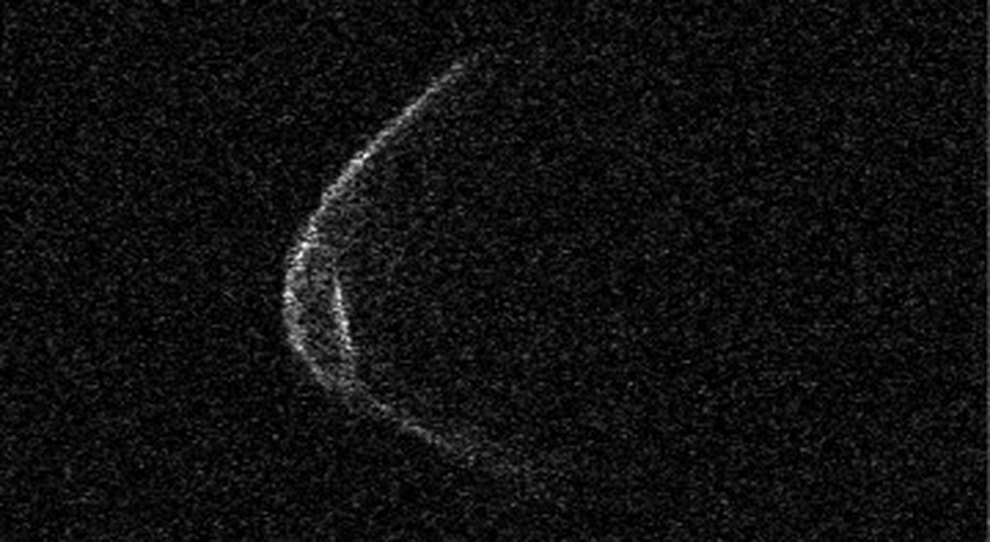As announced by NASA, on April 29th an asteroid the size of Everest will pass about 6 million kilometers from Earth: it will be visible even to the naked eye.
The fateful day has arrived. But it will not be Armageddon. On April 29th, an asteroid classified as “potentially dangerous” will pass close to Earth. The news was announced several weeks ago by NASA, the American Space Agency. It is asteroid 52768, a celestial body with an estimated size of 4 kilometers. The asteroid was first sighted in 1998 and has since traveled around our planet at a speed of 8.7 kilometers per second. Due to its very large size, 52768 has nevertheless been placed in the category of “potentially dangerous” asteroids. Just on April 29, 2020 – according to NASA scientists’ calculations – the asteroid 52768 will pass close to Earth at about 6 million kilometers from our heads. This distance is 18 times the distance between the Earth and the Moon. Experts ensure that we can be safe (the probability of impact is 1 in 50 thousand) and maybe try to see the asteroid between the constellations of Crater and Hydra.
April 29th: asteroid 52768 will pass close to Earth
The astrophysicist Gianluca Masi of the Virtualtelescope Project explained that “near the close passage it will be brighter than magnitude 11, thus becoming visible through small telescopes with a diameter of 120/150 millimeters. Under dark skies even good binoculars could be useful. With a little attention we can see the movement between the stars of our asteroid“. It’s not a meteorite, so you won’t see an instant trail: we’ll see a bright dot that will move over the hours, like a planet, but faster. For those who don’t have technical tools, the University of Siena has organized a live social event starting at 9.15 pm on April 29th. The telescopes of the University of Siena will follow the asteroid with a live broadcast on the Facebook page of the Tuscan Athenaeum’s Astronomical Observatory.
You may also be interested in —> Glassafe and Janus, two ideas for air travel in the days of the coronavirus
